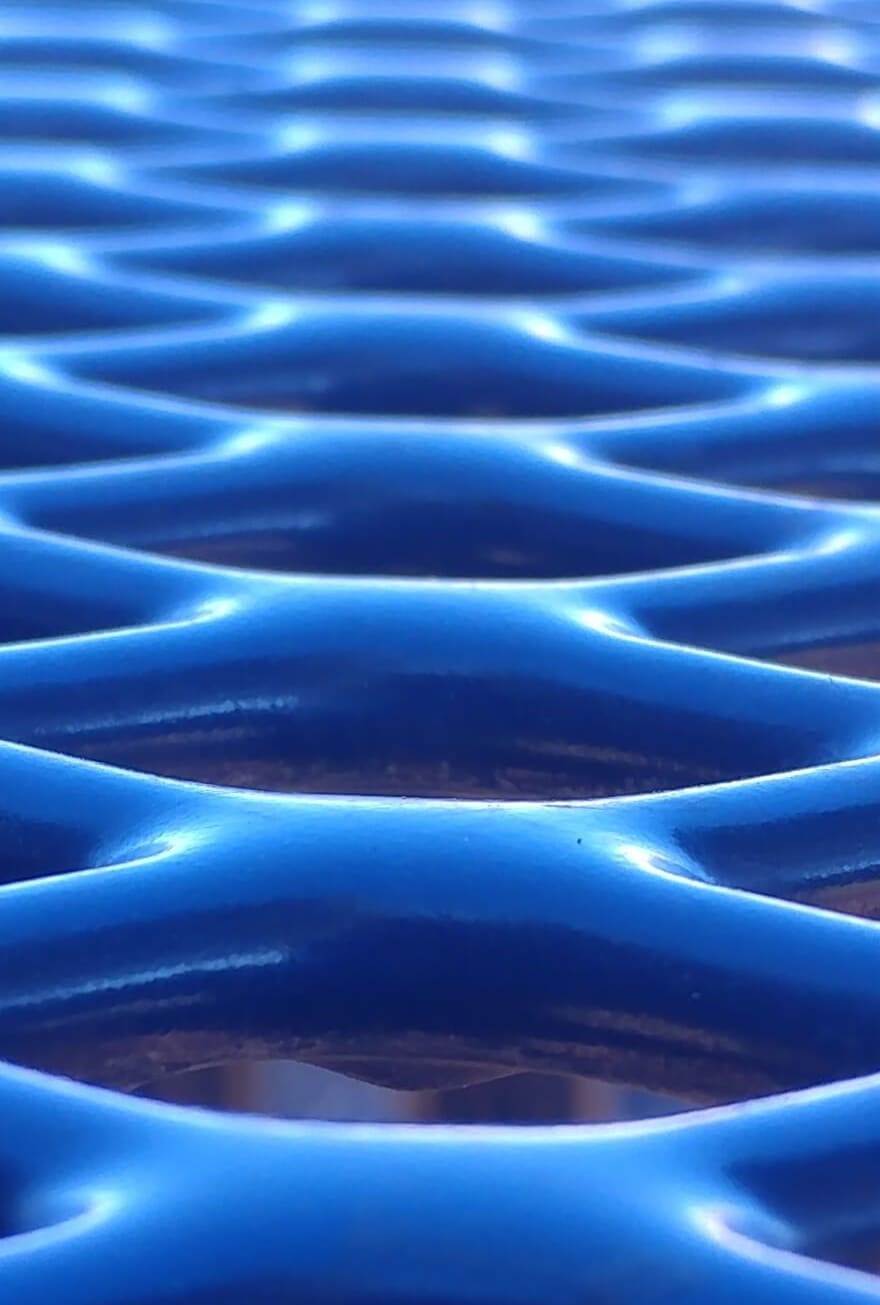Knowde Enhanced TDS
Identification & Functionality
- Chemical Family
- Technologies
- Product Families
Features & Benefits
- Labeling Claims
Applications & Uses
- Markets
- Cure Method
- Surface Preparation
Steel surfaces are to be abrasive blasted with chloride free abrasive. Exterior applications to SSPC SP-10 Near White metal finish. Immersion applications to SSPC SP-5 White metal 3 to 5 mil profile. Grind flat all burrs, weld seams, radius sharp edges. Fresh blasted ferrous surfaces to be primed immediately with ARCOR® EE80 or EE-111 Prime to prevent oxidation of surface.
Concrete surfaces should be degreased if oil and grease contamination is present. Degreased surface shall be high pressure washed, acid etched and high pressure washed again so surface is clean and free of all grease, oils and surface laitance. Existing coatings should be abrasive blasted to clean concrete. Prime with ARCOR® EE-111 Prime.
- Mixing
Thoroughly mix Activator into Base with mixing stick or drill with low speed mixing blade scraping sides and bottom of container or mixing board. Mix by Volume 2 parts Base to 1 part Activator. Or by weight 100 grams base to 60 grams activator. Mix thoroughly to produce an even colored and streak-free material.
- Application
Brush: medium to stiff bristle of sufficient quality that bristles do not pull out and stick in coating. Trim or tape to <1” nap.
Roller: good quality 1/8”-1/4” nap.
Plural Spray: 0.5290-.531 tip, 2,500-3,500 PSI, Heat to 150ºF Base, 150ºF Activator, Line Heat @ 190ºF, Hose Heat @ 150ºF. Use 30 mesh screens, 2-3 in-line static mixers. Keep additional material in hotbox @ 120-140ºF.
Airless Spray: Not Recommended
Conventional Spray: Not Recommended
All spray equipment should employ traps to prevent water and oil from contaminating coating- Application Temperature
- Keep between 55 to 95ºF (17 to 35ºC). Substrate: Keep between 45 to 105ºF (7 to 40ºC). The difference in temperature of the substrate and the material should never exceed 10ºF (5ºC). Substrate shall be a minimum of 5ºF (3ºC) above dew point. Do not apply if relative humidity exceeds 90%. If necessary heat metal prior to surface preparation using electric heater or heat lamp. Never use gas, oil or kerosene heaters as they will leave a greasy residue on metal surface. For best results keep all material in warm area overnight (75ºF+, 24ºC) for ease of mixing. If necessary base component of material can be heated by microwave for 30-45 seconds for a 1 KG Base unit or by warm water bath. Heat activator by warm water bath only. If necessary let material cool before application.
- Overcoat / Cure Time
By brush, roller or squeegee re-coat while material is still soft, but tack-free, between 2-8 hours at 77ºF (25ºC). If over- coat window is exceeded abrade surface with course sandpaper, grinder or brush blast & wipe thoroughly with MEK or Acetone. By spray application re-coat between 1-4 hours at 77ºF. Full cure before immersion 72 hours at 77ºF. Add 2 hours additional cure time for each 10ºF below 77ºF. Force Cure with heat for best performance for 2 hours at 250ºF(121ºC), 8 hours at 120ºF (49ºC);
- Clean Up
Clean tools immediately after use with M.E.K., Acetone, 98+% Isopropyl Alcohol or similar
Properties
- Temperature Properties
- Specifications
- Chemical Resistance
Water Excellent Alkalis Excellent Inorganic Acids Excellent Organic Acids Excellent Organic Solvents Excellent - Film Thickness
20-80 mils(.51-2.04 mm)/coat Splash: 1-2 coats, Immersion: 1-2 coats (up to 80 mils in one coat)
- Flexibility
Very Good Excellent with Polyester Mat; 1.5 oz/ft² (5. KG/M²)
- Mix Ratio
2:1 by Volume (Base:Activator) 100 gm: 60 gm by weight
| Value | Units | Test Method / Conditions | |
| Maximum Temperature for Immersion Service | 177.0 | °C | - |
| Temperature Spike Tolerance for Immersion Service (With force cure at 250ºF, 6 Hrs) | 204.0 | °C | - |
| Value | Units | Test Method / Conditions | |
| Coverage | 20-80 | ft² / gal / coat | - |
| Solid Content | 100.0 | % Volume | - |
| Viscosity | 35,000-50,000 | cps | - |
| Pot Life (at 72°F) | 15.0 | min/150gr | - |
Packaging & Availability
- Weight per Gallon
12 lbs (5.44 KG)
Storage & Handling
- Shelf Life
- 5 Years (at 13-35ºC)

